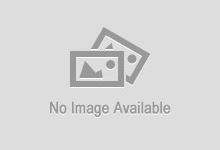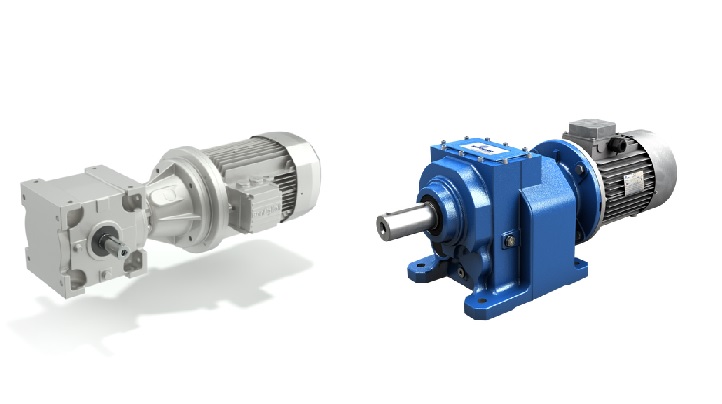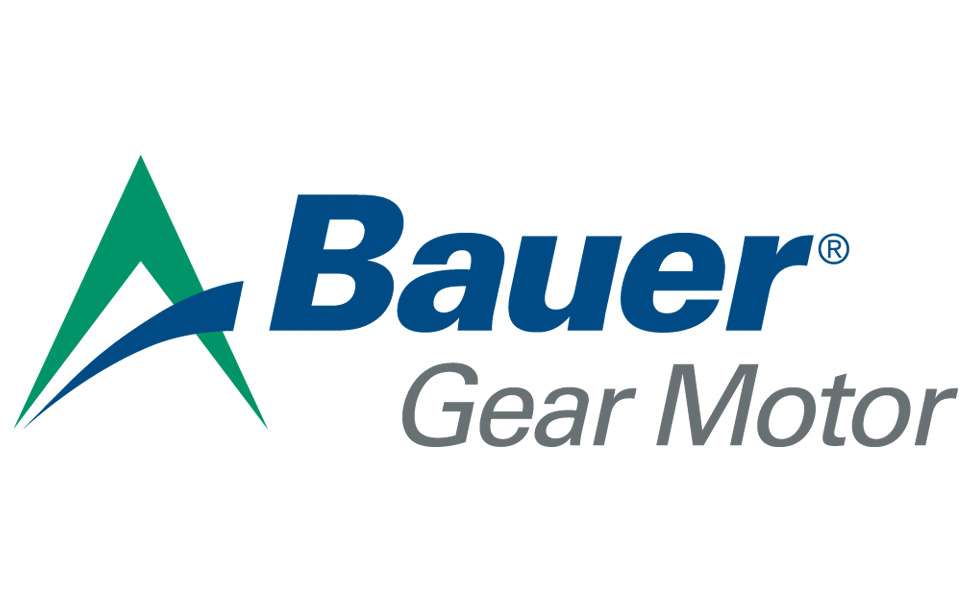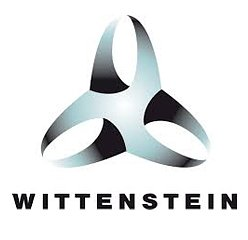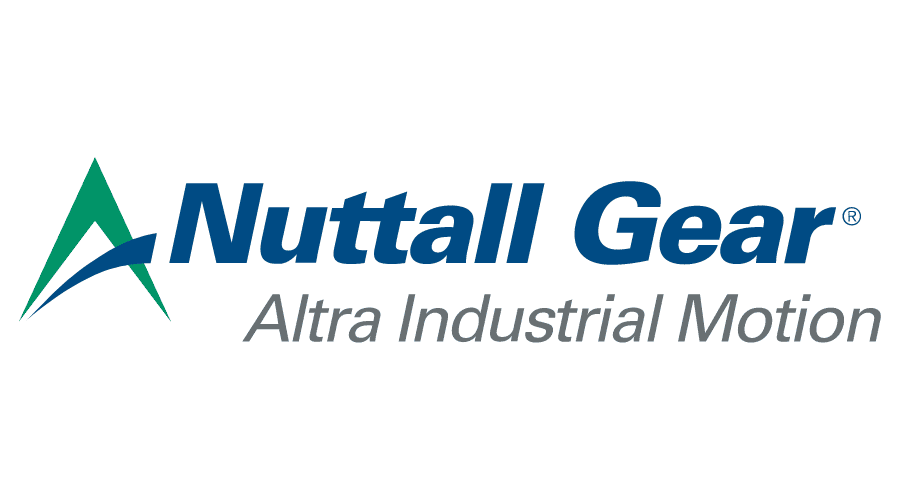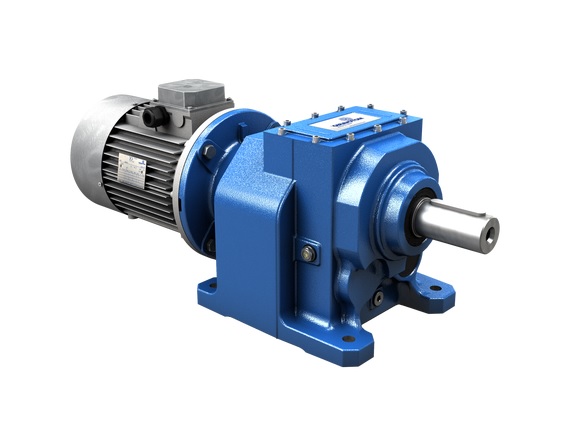
Geared Motors
A gear motor combines an electric motor and a gearbox that delivers high torque at low horsepower or low speed. The geared motors are available with AC and DC versions that use gears to reduce the speed, making more torque available.
The gear motors are primarily used in applications that require high output torque and lower output shaft rotational speed, especially where space and available power are limited, such as cranes, robotics, lifts, conveyors, etc.
HVH Industrial works with the specialized engineering teams of manufacturers to meet our customer's requirements and the highest quality standards.
If you have any questions, write us via live chat (one of our team members will answer your questions), call, or send us a quote request. The HVH team is always ready to help you.
 1(866)577-4040
1(866)577-4040
or
Manufacturers
A gear motor is an electric motor combined with a gearbox. The gearbox is placed to decrease the speed of the motor's shaft and increase the motor's output torque.
Gear motors are used in applications that require high torque output at lower shaft speeds. The gear motor is classified according to the type of motor connected to it. Each type of gear motor has its characteristics and applications.
Types of Gear Motors
Worm Gear Motors
Worm gear motors are designed to generate high torque in small package sizes. The motor terminal box can be mounted in alternative positions rotated in 900 steps around the frame, providing unparalleled integration possibilities. They can be easily used in the tightest applications like the metal industry, conveyors, etc.

Worm Gear Motor Rossi
Helical Bevel Gear Motors
Helical bevel gear motors transmit high nominal and maximum torques, supporting high loads on the low and high-speed shaft ends. Helical Bevel gear motors are angular geared motors where the output shaft of the gear unit is rotated 90 degrees to the motor shaft. They are suitable for lifting and hoisting equipment, applications requiring high radial loads, etc.

Helical Bevel Gear Motor by WEG
Parallel Shaft Gear Motors
Parallel shaft gear motors use gears to achieve speed reduction. They are called parallel shafts because the motor shaft and speed reducer shaft are on parallel planes. They provide highly efficient, reliable, and low-noise operations. The parallel shaft gear motors can use three types of gears to accomplish transmission: spur gear, helical gear, and double helical gears. The motors are suitable for conveyor and process engineering. Parallel gear motors have a compact design, withstand high torque, and have low vibrations.

Parallel Shaft Gear Motor by SimoGear
Right Angle Gear Motors
Right-angle gear motors are characterized by having a drive shaft and output shaft of the speed reducer 90 degrees from each other. They are used in applications where is a significant space limitation. Right-angle gear motors can be easily installed in tight-fitting places. The motor provides enough speed and torque for its product and relies on the gears to help. Regularly, right-angle gear motors are less efficient than other gear motors and require more motor power. They are utilized in material handling equipment, industrial equipment, food conveyors, etc.

Right Angle Gear Motor by Bonfiglioli
Coaxial Gear Motor
A coaxial gear motor, also known as an inline gear motor, is a motor where the driveshaft and the output shaft are on the same rotational axis. The coaxial gear motor is highly efficient, has high power density, is suitable for many applications, and has a compact design. It can be used in the metal industry, particularly in a roller-tunnel furnace.

Coaxial Gear Motor by Rossi
Planetary Gear Motors
Planetary gear motors consist of an aligned input and output shaft and are primarily used in high-precision motion control applications that require high torque. Planetary gear motors are one of the most common devices used in engineering projects. They include many advantages like lower noise level, durability, efficiency, and maximum versatility.

Planetary Gear Motor by Rossi
History of Gears
Gears are considered one of the most important inventions in human history. Without gears, there will be no production, transport, or energy. Studies have shown that the first form of gear was used in China 800 years B.C., where the gears were made of wood with wooden rods and teeth. The first known use of metal gears was recorded to be around 100 years B.C. by the Greeks. Greeks used metal gears with cylindrical teeth in complex computing devices and astronomical calendars.
